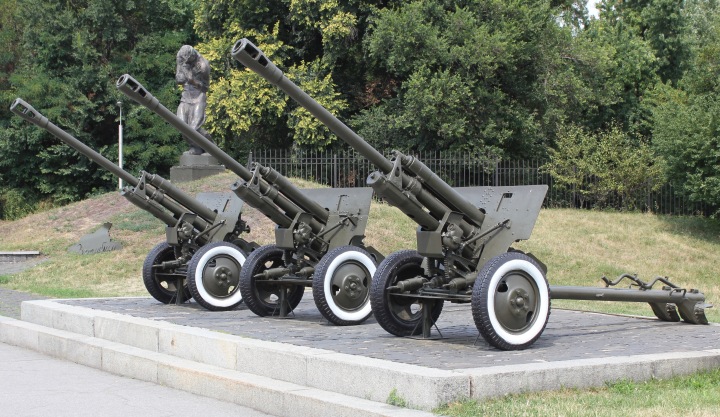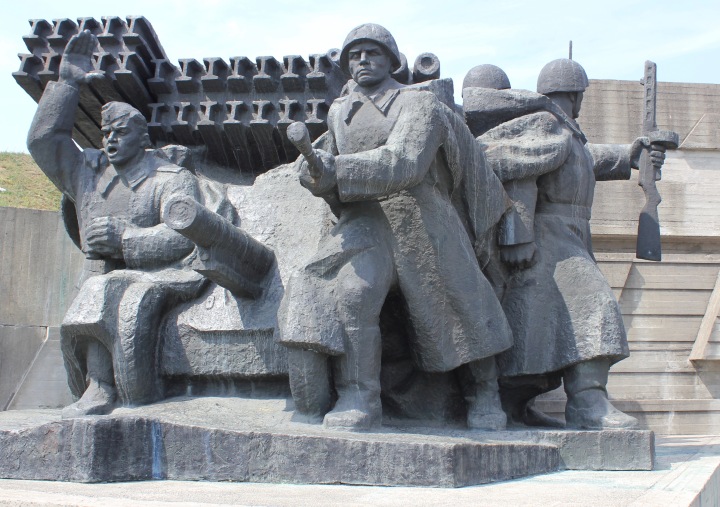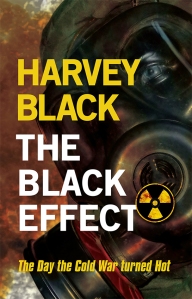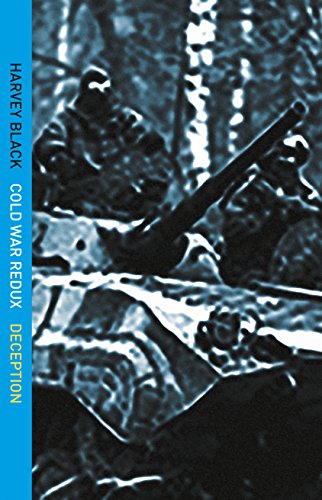The Cold War – Redux (Duplicity). Ukraine Part 3.
I have recently written the first of two novels in my latest Apocalyptic series, ‘Force Majeure – Purgatory’ and ‘Force Majeure – Paralysis’. The third in the series will be out mid next year. Prior to these two books, I wrote a Cold War trilogy, The Red Effect, The Black Effect and The Blue Effect, portraying what I believe could have happened in the 1980’s, had the Soviets, and the Warsaw Pact, taken the decision to attack West Germany and plunged the world into a third world war.
I now ask myself the question, are we heading down that very route now? To answer that, I am in the process of writing the first book in a new Cold War trilogy, or the ‘Cool War’ as it is sometimes referred to. The first draft title is ‘The Cold War – Redux (Duplicity)’.
Where does my story start? I felt the only way to find the answer to that was to go to the very melting pot that could turn the Cool War, into a Hot War, the Ukraine. I have made two trips so far, and the next 12 Posts will relate my experiences while there.

.
The flag of Ukraine.
.

I am now heading east not far from the shores of the Dnieper River, the fourth longest river in Europe, making my way towards the Museum of the Great Patriotic War.
.
On the way I came across a few armoured fighting vehicles on display. This one is the remains of a BTR-80.
.

Soldiers of the 95th Airmobile Brigade of the Ukrainian Armed Forces used mortars and an RPG-26 to neutralise this BTR-80.
.
The BTR was moved to the field headquarters of the 95th Separate Airmobile Brigade in Sloviansk, Donetsk region, on the 27 January, 2015.
.
A number of points confirmed to the Ukrainian Army that it was of Russian origin. This particular BTR-80 had the new Russian-made KI-126 tyres.
.
It was also equipped with a modified night vision sight for the machine gunner. This sight was only produced in Russia, and not in Ukraine. During the 23 years of Independence from Russia, Ukraine did not buy this BTR model from Russia.
.
This BMD-2 was captured by soldiers of the 25th Separate Dnipropetrovsk Airborne Brigade near Luhansk in August 2014.
.
It was moved to Debaltseve, Donetsk region, on 24 August, 2014.
.
The airborne, Mechanised Infantry Combat Vehicle, was designated as number 234 and had a tactical sign, shaped as an inverted white triangle. The troops manning this vehicle possessed documents identifying them as soldiers from military base Number 74268, of the Russian Federation. This unit is believed to be part of the 76th Airborne Division, based in Pskov, Russia.
.
BM-21, on a Ural-375 chassis.
.
This particular vehicle was seized near the town of Dobropillia, Donetsk region in June 2014.
.
This is a multiple rocket launcher armed with 40, 122mm rockets.
.
Russian origin was confirmed by the ballistics charts with the vehicle that were stamped with base Number, 27777.
.
A rhombus shaped tactical sign in a square, indicating the unit was from the 18th Motorised Infantry Brigade, attached to the 58th Southern District, based in the Chechen Republic.
.
.
The Ukrainian BM-21 is different, based on a Kraz-6322.
.
Effective range of between 20km and 45km (with the new rockets). The area east of Mariupol is frequently hit by artillery and rocket fire. The day after I left the troops on the front line, they were bombarded by a BM-21.
.

Leaving the above display, I continued walking towards the museum.
.

76mm artillery pieces lined the route.
.
2nd World War 3IC-3 1942.
I then came across post a WW2 T-10M.
.
It is a 52 ton tank with a 122mm gun.
.
This large underpass would lead me to the entrance of the museum.
.
A large outdoor monument in the War museum grounds.
.
The carved statues depicting scenes from WW2 were impressive. I spent a couple of hours just studying each scene. There are no comments for the following pictures, I think the images speak for themselves.
.
.
.
.
.
.
.
.
.
.
.
.
.
The other side of the underpass.
.

The people in the image give an indication of the size of this particular section of the monument. When lit on special occasions, it burns up to 400 cubic metres of gas per hour.
.
.
.
Outside the entrance to the museum itself, there were more pieces of armour, in this instance they were main battle tanks.
.
This T-64 was captured when pro-Russian separatists attempted to break through the encirclement of Sloviansk, Donetsk.
.
The tank was stamped with the number Ts11ET12109, issued by the Malyshev Factory in Kharkiv, but it was never part of the Ukrainian Army.
.
.
Two of the tanks captured have been painted in the colours of Ukraine’s national flag.
.
The ‘Motherland Monument’ was impressive to say the least. It is often referred as the Rodinamat.
.
The sculpture is part of the Museum of History of Ukraine in WW2.
.
Designed by Yevgeny Vuchetich, the stainless steel statue stands at sixty-two metres tall on top of the museum building. It weighs 560 tons. The sword is sixteen metres long and weighs nine tons.
.
The shield on the monument shows the state emblem of the Soviet Union. The statue was opened in 1981 in a ceremony attended by Leonid Brezhnev.
.
Next week I will show more of the museum, before covering my trips to Mariupol in following posts.
It was, and is still, a very complicated situation in Ukraine. So, if some of my information is incorrect, then please flag it to me and I can amend the content. Thank you for reading this first Post.
Site and content, including photographs, is copyrighted to Harvey Black.
























































As I scrolled through the photos, they became like a movie, giving snippets of impressions and the resulting feeling is that the world is in big trouble. So much fighting and hate.But it needs to be documented, and that’s where you are doing your bit with these books and photos.
Hi Anneli. Thank you. We are actually seeing history in the making…..
Yes, for better or worse, these are all memorable events taking place.
T-10 was a post war development of the JSIII. Fascinating selection of photos. Looking forward to the next report.
Thanks David. The next post will cover a vast array of WW2 military equipment on display in Kiev. Then I will cover my time in Mariupol. HB
T-10 was introduced in service in 1953, while T-10M from the photo, appeared in 1957, and was produced until 1966. It is not a WW2 tank.
Tank painted in colors of the Ukrainian flag was in the museum, long before the conflict, and it is not captured example. It is the only remaining Obj.478 in the world.
Thanks Nema. That was useful. I will update my Post re the T-10M in the next week or so. I am aware that the painted tank is from the pre-conflict era. I think it was actually on Wikipedia. I hope you enjoy my next Post, as it will cover more of the museum before i move on to my trip south. HB
A fascinating story is evolving here Harvey. There must now be no doubt about the origins of the weapons and manpower streaming into the Eastern Ukraine from across the border !
I’m very much looking forward to your next posts.
Thank you Paul. I have visited Kiev, Zaporizzihyia and Mariupol twice this year carrying out research for my next book. I go back in January. More Posts to come. 🙂 Southeast Ukraine, the Donbass region, is at war, of that there is no doubt.